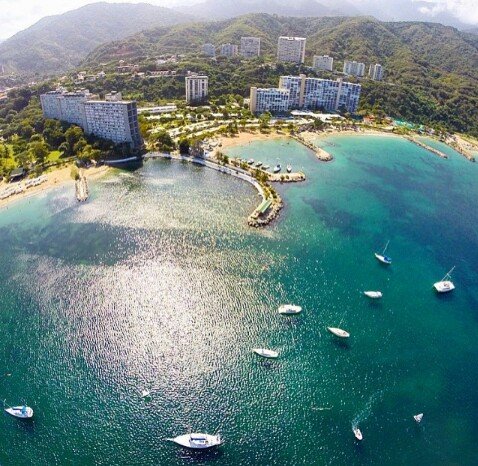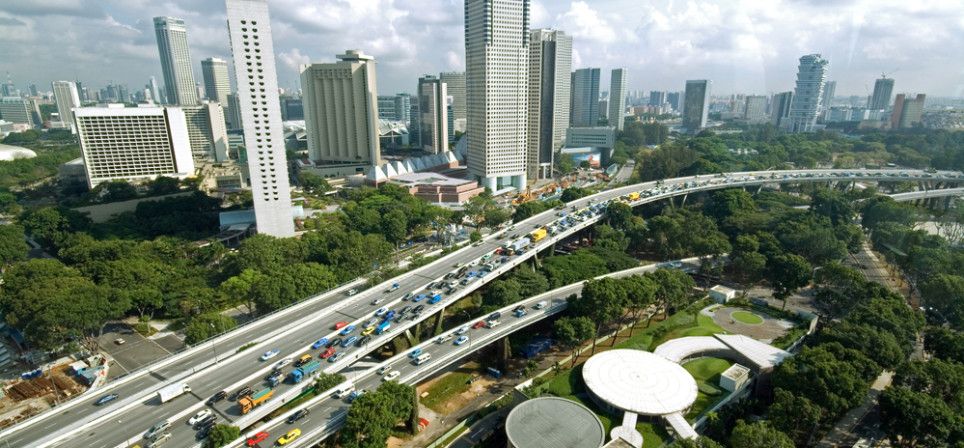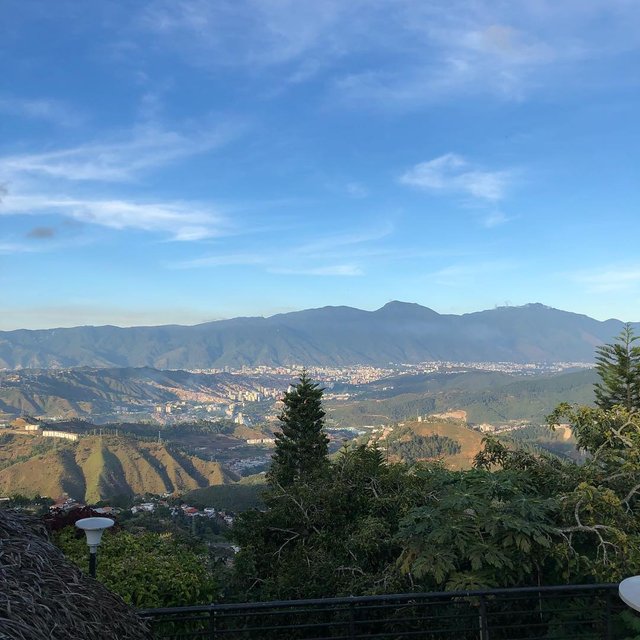Caracas

Caracas, officially Santiago de León de Caracas, is the capital city of the Bolivarian Republic of Venezuela, 3 and the main administrative, financial, political, commercial and cultural center of the Venezuelan nation. It is located in the central-northern coastal area of the country, 15 km from the coast of the Caribbean Sea and is situated within a mountainous valley at an average altitude of 900 m. n. m. The Waraira Repano National Park, known as the Ávila hill, is its largest vegetable lung and geographical feature that separates the city from the central coast, with which it connects through the Caracas-La Guaira highway, which leads to the state of Vargas. to the main international airport and to the second port of the country on the shores of the Caribbean Sea.

The first civil, political and administrative authority is the mayor of Caracas, head of the Metropolitan District of Caracas, a political-administrative coordination entity that includes the Libertador municipality of the Capital District and the municipalities of Baruta, Chacao, El Hatillo and Sucre, Miranda state, without undermining the territorial integrity or powers of both Federal Entities. Caracas has been considered one of the most important cultural, tourist, industrial and economic centers in Latin America.4 5 6 The Museum of Contemporary Art in Caracas is one of the most important in South America because of the large number of representative works that houses.7 The Museum of Fine Arts is also remarkable.

Caracas is home to two of the tallest skyscrapers in South America: the Parque Central Towers. It has a nominal GDP of 91,988 million dollars, a nominal per capita GDP of 18,992 and a PPP GDP per capita of 32,710 dollars.8 Being the seventh city in GDP and the seventh metropolitan area in population of Latin America.
The city was ranked 41st in the Global Cities index for 20149 and is considered a global Beta + city by GaWC.10
